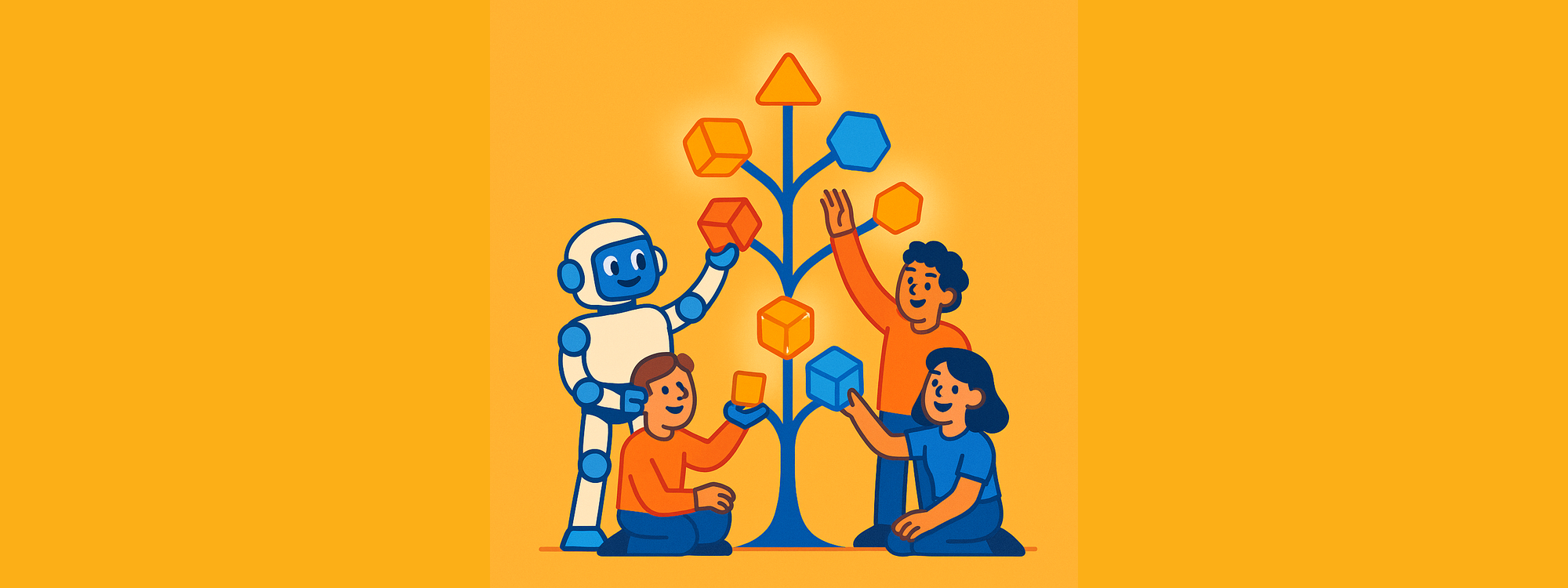Don't Let Bad Patents Strangle AI in Its Crib
Alex Moss | October 1, 2025
There's a dangerous myth gaining traction in Washington: that to beat China and dominate AI, America must hand out patents like participation trophies, eviscerating the standards that keep our innovation ecosystem healthy.
The truth is the exact opposite. The current rules—which prevent patents on abstract ideas—aren't a barrier to innovation. They're its bodyguard. They protect the open, collaborative, and cumulative nature of AI development. Diluting them wouldn't help the U.S. win the AI race; it would grant monopolies on the basic tools of scientific work, strangling the very innovation we seek to promote.
1. The System Isn't Broken—It's Doing Its Job.
Let's be clear: the current framework, established by the Supreme Court's Alice decision, is working exactly as intended. It's a filter, and it's catching the right stuff.
The U.S. Patent Office issues thousands of AI patents every year for specific, tangible advances—a novel neural network architecture, a unique method for optimizing training data, a new hardware configuration for faster processing.
The patents that get rejected are the junk. The ones that claim nothing more than "optimizing a schedule using machine learning" on a generic computer. These aren't inventions; they're attempts to monopolize the basic building blocks of thought itself—the mathematical concepts and problem-solving approaches that every AI researcher must be free to use. The system is correctly keeping these low-quality, preemptive claims out of the ecosystem's arteries, preventing a heart attack.
2. Bad Patents Are an Innovation Tax—and Startups Pay the Highest Rate.
When a patent is wrongly granted on an abstract idea, it doesn't just sit in a filing cabinet. It becomes a weapon that inflicts immediate, real-world harm:
The Innovation Tax: Startups and researchers are forced to spend precious capital on "patent clearance" and legal defense instead of R&D. It's a direct tax on progress, paid by the very people we're counting on to drive us forward.
The Thicket Effect: These patents create dense, impenetrable thickets of overlapping rights around fundamental concepts. Navigating them isn't just hard; it's legally perilous, making it too risky to build new products.
The Collaboration Chill: The lifeblood of AI is the open sharing of research and algorithms. Bad patents instill a fear of lawsuits, forcing researchers to work in silos and slowing down the entire field's progress.
The Competition Killer: They are the ultimate tool for entrenched incumbents to block small, agile newcomers. They don't promote innovation; they protect monopoly.
3. AI is Built Different—It Demands Openness.
The unique nature of AI makes strong patent rules not just helpful, but essential.
It's Cumulative: AI doesn't advance in giant leaps. It's a mountain, and every researcher stands on the shoulders of the one below them. Granting a patent on a fundamental building block—like a type of transformer architecture—is like letting someone own a step on the ladder. It halts the climb for everyone.
It's Fast: The AI field moves faster than the patent office. By the time a patent is granted, the technology is often obsolete. These patents create lagging, irrelevant monopolies that serve no one but the litigator.
Real Advantage Lies Elsewhere: The true competitive moats in AI are high-quality data, computational power, and user networks—not the exclusive right to a basic algorithm. Innovation is driven by implementation and scale, which are not protected by abstract patents.
4. The Global Race: Why Weakening Our Rules is Unilateral Disarmament.
Here’s the ultimate irony: our global competitors are not making this mistake.
Europe: The European Patent Convention explicitly excludes "programs for computers... as such" and requires a "technical contribution"—a standard often stricter than our own.
China: While aggressively pursuing AI dominance, Chinese patent law also requires a "technical solution" to a "technical problem," weeding out abstract claims.
Weakening U.S. patent eligibility would be a form of unilateral disarmament. We would be flooding our own ecosystem with low-quality patents that hinder our innovators, while our competitors keep their playing fields clear for rapid advancement.
Conclusion: The Path to Leadership is Through Open Competition, Not Walling Off Ideas.
The argument that we must weaken our standards to compete is a fallacy, a siren song that leads to stagnation. By maintaining strong patent eligibility limits, the U.S. isn't hindering AI—it's protecting the open, collaborative, and cumulative engine that makes AI innovation possible.
The path to leadership isn't through locking up the basic ideas themselves. It's through open competition on implementation, quality, and execution. Let's not strangle the future with the ghosts of bad ideas. Let's keep the building blocks open, so the real architects can get to work.
